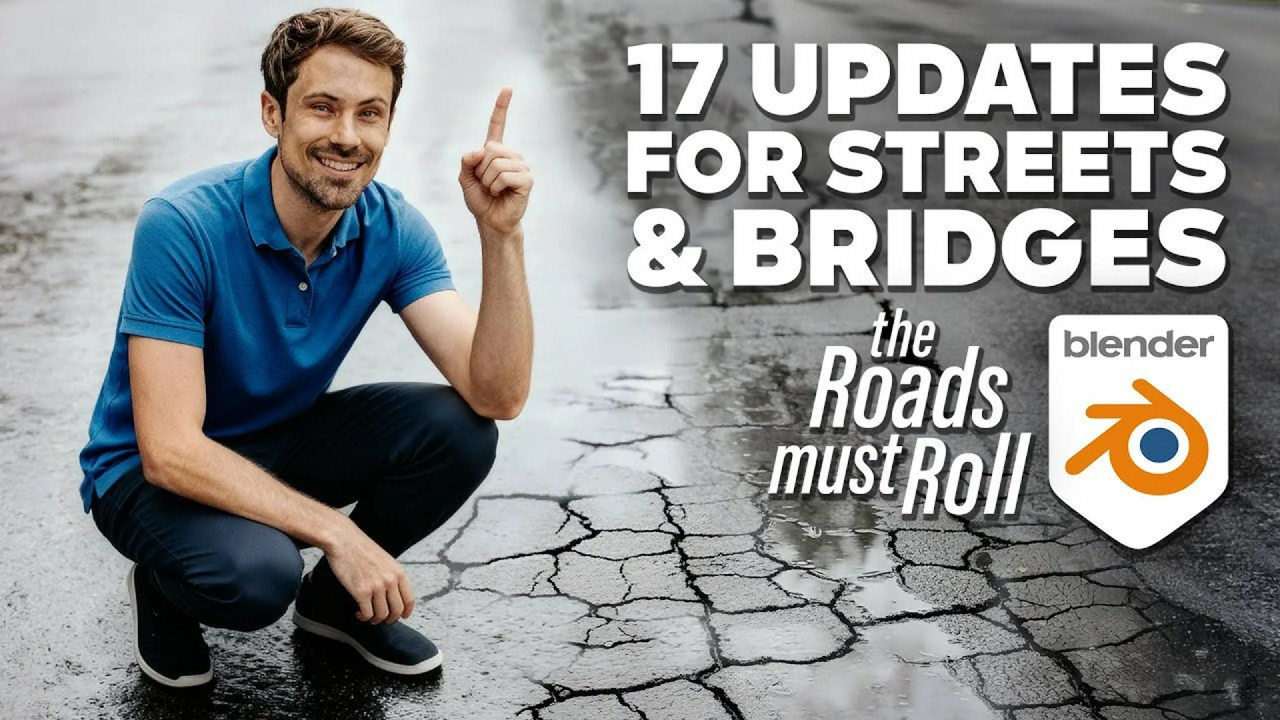Dive into the art of crafting story-driven environments in Unreal Engine 5. Martin Teichmann shares his process for building a photorealistic antique shop, blending narrative, gameplay, and cutting-edge tech for truly immersive experiences.
In a captivating livestream event hosted by Gnomon, Lead Environment Artist Martin Teichmann (currently at the Walt Disney Company, with an impressive background at studios like Crytek, Rocksteady, Naughty Dog, and Blizzard) offered a deep dive into his personal Unreal Engine 5 project: a photorealistic antique shop. This session, titled “Behind The Render: Crafting a Story-Driven Environment in UE5,” was a masterclass in how narrative and player interaction can profoundly shape artistic choices, from initial layout to final optimization.
Behind The Render: Crafting a Story-Driven Environment in UE5 by Gnomon
Story First: The Foundation of Immersion
Martin emphasized that a compelling backstory is the bedrock of any believable environment. For his antique shop, he drew inspiration from the unique antique malls of Orange County, California, envisioning a game where the player searches for missing grandparents who own the shop. This narrative informed every decision:
- Player Journey: The artist designed the player to enter through a back alley, immediately creating a sense of mystery.
- Clue Integration: Key items like a prominently lit switch, hidden keys for a gate, and a flashlight on the counter serve as interactive narrative elements.
- Personal Touches: The shop owners’ heritage (Mexican-American German) allowed him to weave in personal items like a metal coffee box and a garden gnome, adding authenticity.
- Mood & Atmosphere: The overall dim, grayish lighting reflects the shop’s abandonment and mystery, evoking a “Stranger Things” vibe as players uncover clues leading to a mysterious backroom.
The environment itself is a puzzle, akin to narrative-driven games like Gone Home or The Room, where every object has a purpose and contributes to the unfolding story. He consistently reiterated that “story drives the artwork.”
Technical Deep Dive: Crafting Assets for Realism
Creating a densely packed, photorealistic environment required a blend of custom assets and careful integration of marketplace content.
Photogrammetry: Personalizing Your World
The creator demonstrated how to create high-quality personal assets using photogrammetry.
- Tools: He utilized an iPhone with the free Reality Scan app (formerly Reality Capture mobile) for quick scans, even for large objects like a cave. While mobile scans offer convenience, he noted that texture resolution might sometimes require enhancement with tiling textures and detail normals in Unreal.
- Best Practices: Martin shared crucial tips:
- Neutral Lighting: Using a softbox prevents unwanted color contamination.
- Cross-Polarization: Employing a polarized light source and camera filter effectively eliminates specular highlights on reflective objects, even with inexpensive gear.
- Large Asset Workflow: Combining scanned macro shapes with tiling textures and baked masks helps achieve crisp details on bigger assets.
Leveraging Marketplace Assets
For an antique shop filled with countless unique items, marketplace assets are indispensable.
- Strategic Sourcing: Martin judiciously used asset packs from Epic’s FAB marketplace and SketchFab (especially museum scans for high-quality public domain models).
- Challenges & Solutions: He acknowledged the drawbacks of diverse asset packs—varied formats, material setups, and increased texture memory footprint—and stressed the importance of optimization.
Material Magic: Efficiency and Variation in UE5
The video tutorial delved into advanced material techniques to achieve visual richness and efficiency.
- Dynamic Variation: Martin showcased techniques like world-space based hue shifts for quick color variations on duplicated props and world-space rust effects for tin containers, blending materials based on object position. Material instances were vital for easily adjusting colors and brightness on furniture.
- Complex Surfaces: The detailed entrance door material combined a tiling wood plank texture with a unique macro texture (using a second UV channel for baked ambient occlusion) to avoid repetitive patterns.
- Procedural Details: He implemented a world-normal based dust layer, accumulating on upward-facing surfaces via a packed noise texture, and procedural gradients for top-to-bottom variations, enhancing realism.
- Custom Primitive Data (CPD): A Game Changer: A significant feature explored was Custom Primitive Data. This allows artists to directly control material parameters (like color tint, brightness, roughness) on individual static mesh instances without creating new material instances, drastically saving draw calls and simplifying management.
- Nanite Vertex Painting: For adding wear and tear to surfaces like the floor, the artist demonstrated a workaround for vertex painting on Nanite meshes: temporarily disabling Nanite, painting, saving, and then re-enabling it.
Illuminating the Scene: Lighting and Post-Processing
Achieving a moody, ambient-light-driven scene was crucial for the antique shop’s atmosphere.
- Dynamic Sky & Ray Tracing: He used the “Ultra Dynamic Sky” plugin for time-of-day and weather effects, with the main directional sunlight supplemented by a rectangular light in the backroom. All lights leveraged ray tracing for soft shadows and realistic bounce light, enhancing Lumen’s global illumination.
- Ambient Light Planes: To boost ambient light in dark areas where natural light fell short, the video creator introduced “ambient light planes”—hidden emissive static meshes controlled by Custom Primitive Data. These planes contribute indirect light without being visible.
- Post-Processing Mastery: Post-processing was vital for the final look. This included an exposure curve to remap values, a lookup table (LUT) created in Lightroom for a desaturated, cool aesthetic, and careful adjustments to highlight and shadow contrast to maintain visual balance.
- Light Leak Solutions: Large black boxes were strategically placed as light blockers to prevent light leaks, especially in enclosed spaces, a common challenge in realistic lighting setups.
Optimization and Workflow Wisdom
Martin concluded with practical tips for efficient workflow and optimization.
- Organization: He praised the simple yet effective feature of color-coded folders in Unreal.
- Quick Fixes: The artist showed how to bake ambient occlusion textures directly within the Unreal editor for assets lacking them.
- Nanite Optimization: A powerful Nanite optimization technique presented was adjusting the “Nanite Triangle Percentage” on static meshes. This allows artists to easily reduce the visible polygon count directly in the editor without losing the original high-detail data, which can be restored at any time.
Final Thoughts: Story, Gameplay, and Perspective
Martin reiterated that “story drives the artwork,” advocating for artistic choices that consistently support the narrative. He stressed the immense benefit of considering gameplay early on, even for portfolio pieces, by actively navigating the environment with a player camera (e.g., using Unreal’s first-person template) to ensure consistent proportions and informed artistic decisions. The tutorial highlighted the value of stepping away from a project to return with a fresh perspective and the necessity of making calculated sacrifices, like simplifying a complex street front entrance, to manage scope. His work is a testament to how personal projects can evolve into thoughtful, polished, and creatively fulfilling showcases.
This detailed exploration of environment art in Unreal Engine 5 truly showcases Martin Teichmann’s expertise and passion.
Source:
Gnomon – Behind The Render: Crafting a Story-Driven Environment in UE5



